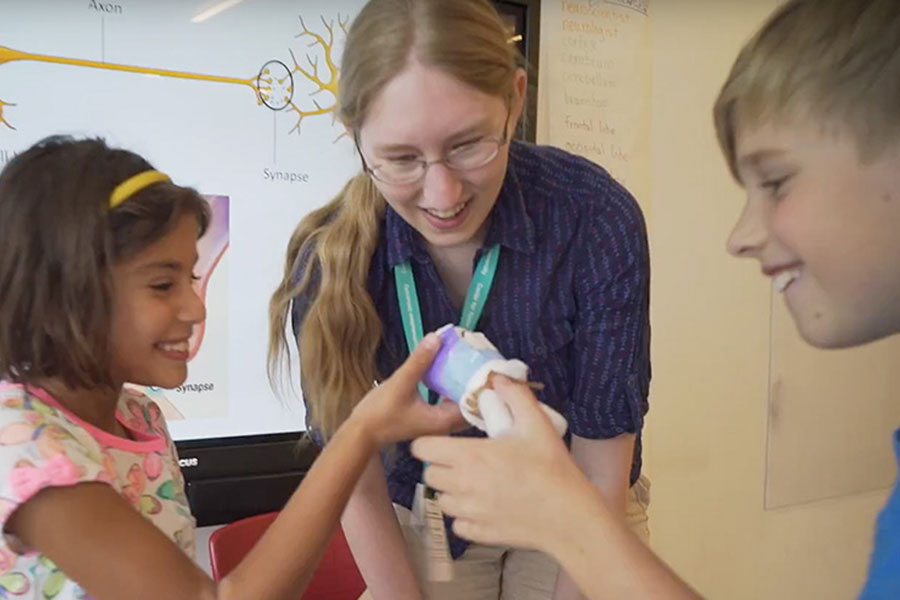Blogs. Apps. Facebook. Wikis. Twitter. More.
CTD's Winter 2013 issue of the Talent Newsletter is devoted to the topic of technology as a learning tool. With new technologies constantly changing the education landscape, it is hard to keep pace. Using the
New Media Consortium's K-12 Horizon Report and other sources such as those listed at the end of this post, parents and teachers can keep an eye on emerging trends in technology and gifted education. Here is an overview of some key technology concepts you may hear in education today:
- Augmented Reality: By layering virtual reality on top of physical reality and adding interactivity, augmented reality fosters an expanded view of the world and promotes a continually growing understanding of it.
- Blended learning: A hybrid learning model that combines face-to-face and online learning.
- Cloud Computing: Learning and collaboration take place anytime, anyplace and from any device when accessing programs and services in the cloud (Internet).
- Digital Identity: Student create a single, secure digital identity that can be used anyplace a login is required to access a website or service. A digital identity can facilitate curriculum personalization by profiling learners' interests based on their content consumption.
- Flipped classrooms: In a flipped classroom, students receive instruction online outside of class and use class time for active learning facilitated by a teacher.
- Game-based Learning: By integrating games and game mechanics with educational experiences, game-based learning can stimulate advanced problem-solving, creativity, strategic thinking and team-building. It is also valuable as a safe way to learn from mistakes.
- Mobile Devices & Apps - Schools are adopting a cost-effective BYOD (bring your own device) model that allows students to use their own mobile device to extend learning beyond the school day and enhance learning in the classroom.
- Personal learning environments (PLE): These online spaces allow students to make learning connections and organize all forms of media about a topic. A PLE serves as a powerful information warehouse and reflection venue.
- Tablet Computing: Tablets are replacing laptops and desktops due to their cost, portability and access to apps. Many schools are instituting a one-to-one tablet program, in which each student has access to a tablet.
Additional Reading:
To learn more about technology and gifted education, consult the following resources:
“
Apps for Gifted Kids.” Hoagies’ Gifted Education Page.
“Resources.” Getting Smart.
http://gettingsmart.com/about/resources.
“iNACOL National Standards for Quality Online Courses.”
International Association for K-12 Online Learning. (See their standards for quality online courses, programs and teaching, respectively.)
Siegle, Del. Using Media & Technology with Gifted Students. Waco, TX: Prufrock, 2005.
Technology Columns in the National Association for Gifted Children’s
Gifted Child Quarterly and
Teaching for High Potential.

